Up Next

For the fourth time, Honda is leaving Formula 1. It justified its announcement last week with a big company-wide carbon neutrality target, and the need to redirect its massive F1 resources to achieve that.
Honda CEO Takahiro Hachigo said the company must “further accelerate the introduction of our carbon-free technologies”, including engine and fuel developments. It intends to achieve this, Honda says, by funnelling its resources into in-house research and development.
The decision raised eyebrows, but so did the supposed reasons behind it.
F1’s V6 turbo-hybrid engine combines impressive thermal efficiency with a complicated energy recovery system and, the championship believes, presents the opportunity to become net carbon-neutral in the future. F1 aims to have 10% sustainable fuels next year, with an intention of increasing that to 100%. New engine rules in 2026 will also prioritise sustainability.
Honda says its exit is about needing relevant, future-defining technology, so why is it abandoning an existing project with that exact scope?
F1’s view is that it has “always been at the forefront of automotive innovation that has been hugely beneficial to the wider automotive sector”. It has a carbon neutrality goal of 2030 – 20 years earlier than Honda – and promises it will continue to “take the lead on important issues like sustainability”.
That can be translated into: ‘Honda says its exit is about needing relevant, future-defining technology, so why is it abandoning an existing project with that exact development scope?’
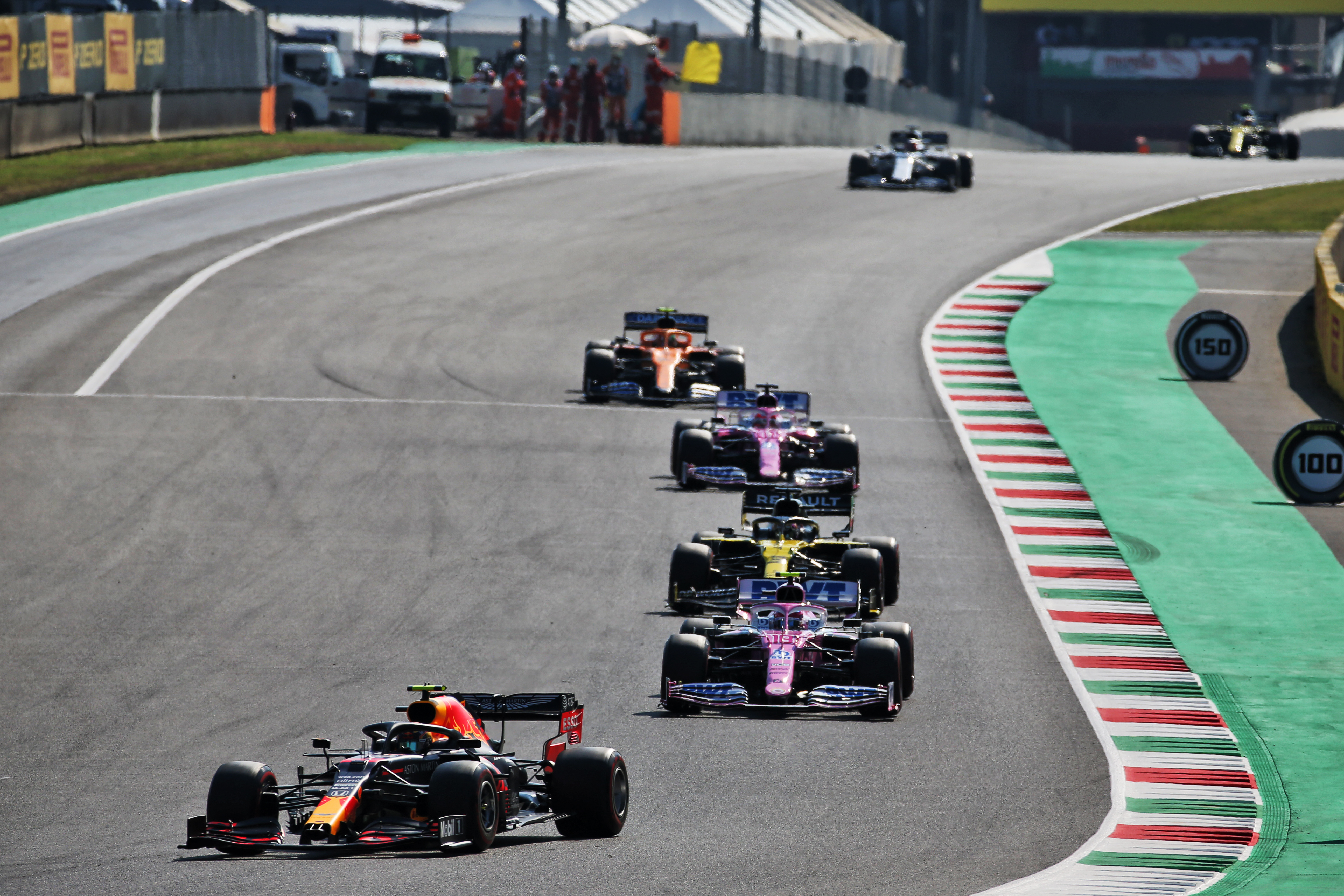
Sceptics, not just within F1, have inferred from Honda’s exit reasoning that F1 isn’t the right place to do what it says it needs to do. F1’s technological relevancy is therefore being indirectly attacked, or at least questioned. And, either way, partially undermined.
Honda pushes back on this. F1 managing director Masashi Yamamoto tells The Race: “I don’t really agree with that kind of view because current F1 regulations or future F1 regulations of the power unit are already utilised in the current products in terms of turbine [design] or high thermal efficiency. Those kinds of energy management technologies are usable in the actual product.
“We have to accelerate our development towards the new power unit. It means not an F1 power unit but a future mobility power unit project or energy management project.
“We need to accelerate that project and we need to reallocate the people from F1 to that project to be more competitive in the world.”
Honda is sticking to its guns; this is a resource-driven decision. Hachigo said last Friday it was not about short-term profits but about redeploying funds and personnel where Honda believes they are needed most.
“Maybe it did not make much difference if current or future F1 PU technology was different” :: Masahi Yamamoto
The unspoken second part of that is Honda therefore believes F1 is an unnecessary cost. So, are F1’s engine rules – often criticised for being too expensive, and under fire for potentially being unsuitable for a fast-changing automotive world – to blame?
“It is very difficult to answer a hypothetical question,” Yamamoto says when asked if different F1 engine rules would have kept Honda in F1.
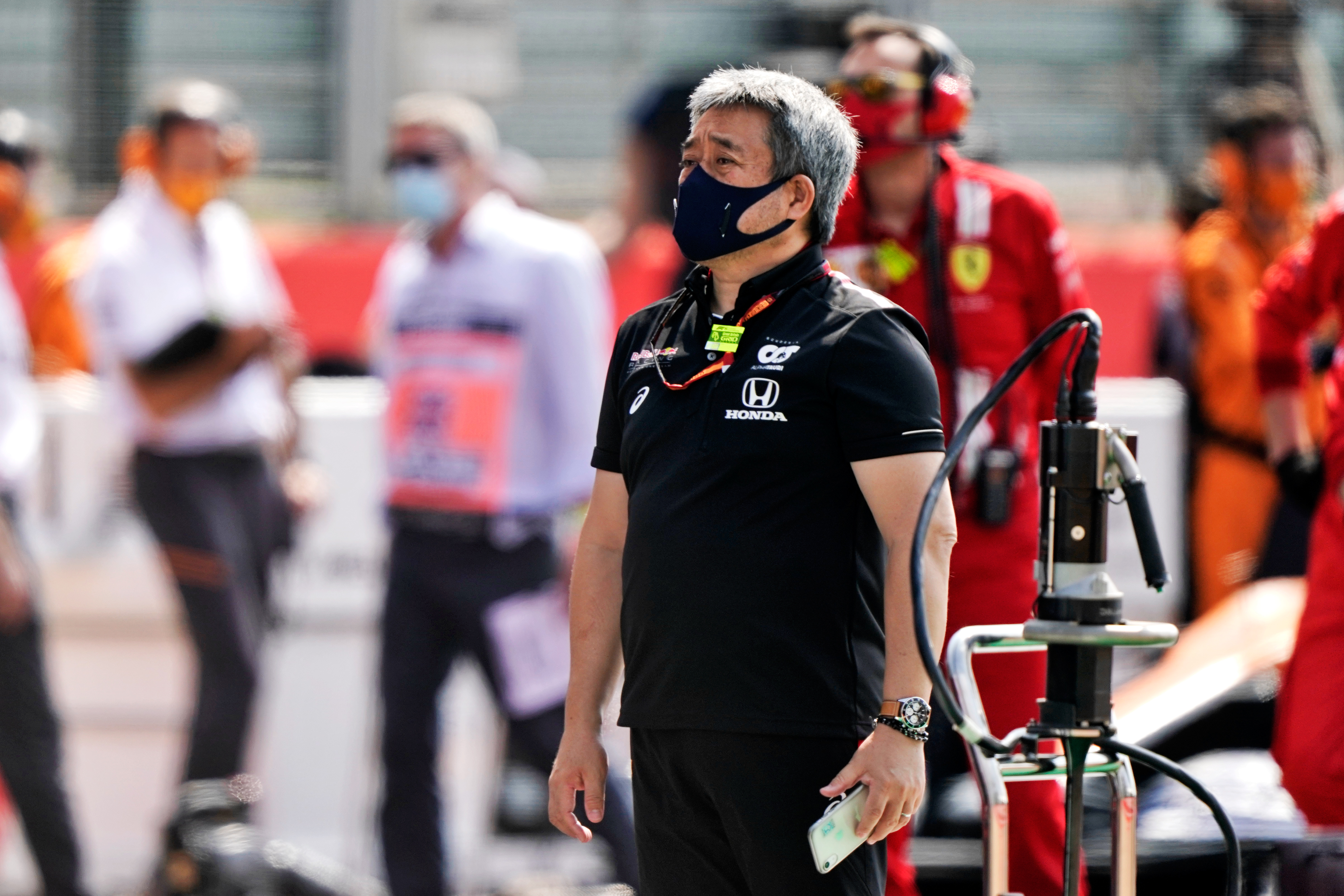
“However, maybe it did not make much difference if current or future F1 PU technology was different.
“Because the direction we want to move forward for our customers all over the world is quite clear. And we know we have to put more resources there.
“So, we don’t think there would have been much difference.”
It’s clear that Honda as a company does not view F1 as a relevant part of its strategy. One may view its official reasons for withdrawing as a half-truth. Honda’s new automotive objectives are the fundamental cause of its F1 exit. Honda’s just not communicated exactly why that’s the case, or why F1 couldn’t be part of achieving those objectives.
As it’s understood, the answer to both is mostly financial. Honda has a technological and human deficiency within a core part of its company. Having started the move to hybrid brightly many years ago its development of new technologies slipped compared to rivals and it is behind in electrification. The bike side of the business is performing better than the automotive side, which needs an injection.
Honda’s trying to make up for lost time in that part of its business and its strategy for doing so is banking on electrification. To that end, it believes the 300 or so Sakura F1 engineers and hundreds of millions of pounds of financial backing are better deployed developing future power units or energy technologies internally.
The reasons to justify Honda continuing in F1 tend to have an unquantifiable benefit, while doing damage to Honda’s bottom line
“We have many smart and high skilled engineers outside of F1 already,” says Yamamoto.
“However, we need more people. The people involved in the F1 side, the engineers, they are really highly skilled and also have high quality of knowledge.
“We need more people in the new power unit and new technology area, so we move those people to the new project.”
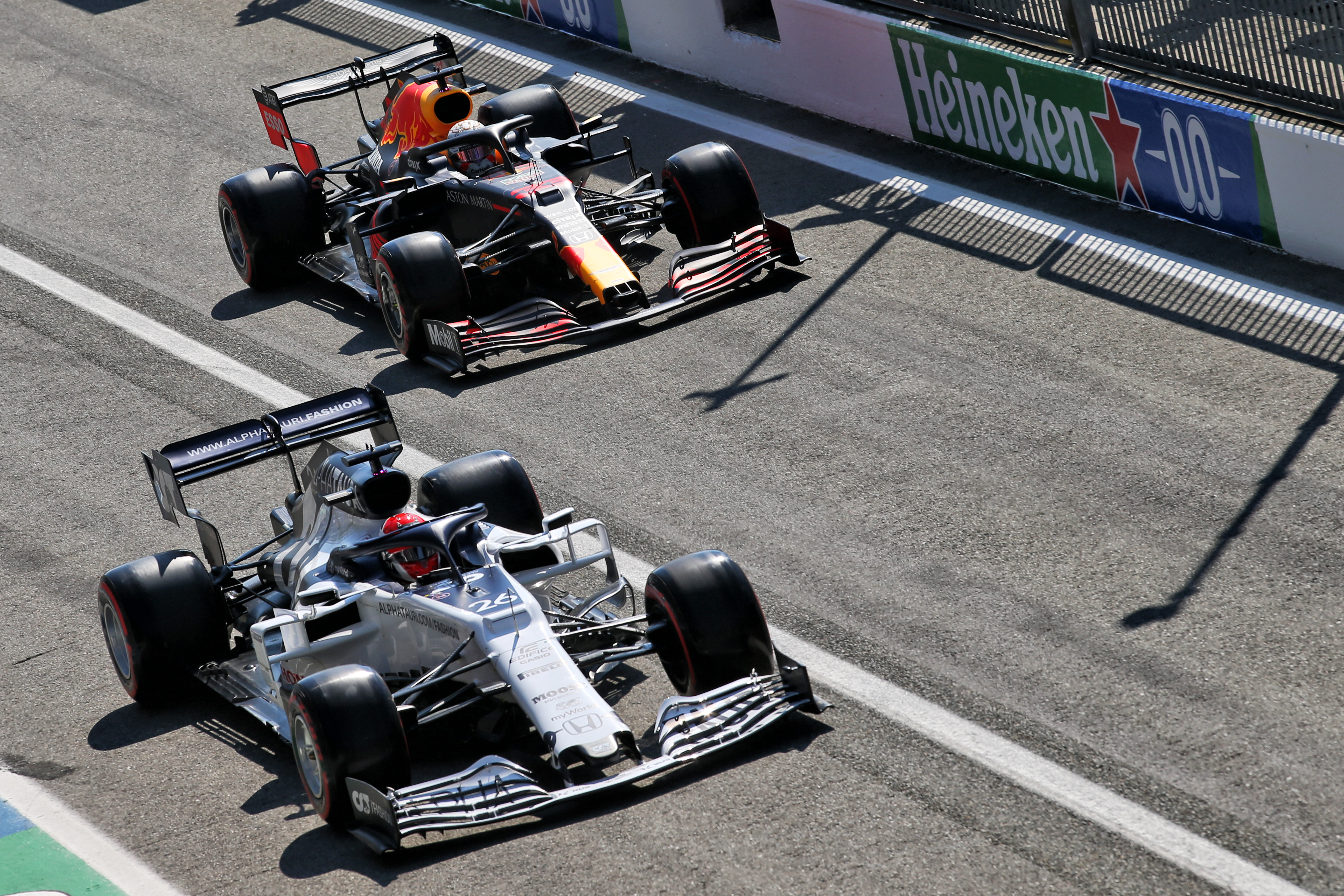
The timeline for Honda’s decision-making process is interesting. Hindsight made its initial one-year extension of the original Red Bull deal, to cover 2021, seem like a clear sign that its commitment was wavering.
Yamamoto confirms that was the case, but also indicates that the writing was on the wall as Honda realigned its automotive priorities. Some discussion was had over whether the F1 project and the new in-house focus were compatible, but it didn’t take long for that to produce a negative answer.
Failure to take the fight to Mercedes this season appears to have underlined Honda’s resolve to leave – another unspoken, but important, contributor to its departure.
“We first started our consideration to quit F1 at the end of last year, when we had made one more year agreement with Red Bull and AlphaTauri,” says Yamamoto.
“In April, we set up the new organisation that does R&D work for future technology and new energy management – inside the company. The way we thought is that the most suitable engineers who have that kind of knowledge are the people in F1 at the moment.
“Therefore, we have decided to move the people to the [new] division. Of course, on the course of that we have considered whether to continue Formula 1 and if we can do both projects together.
“However, the decision is, as you know, we have decided to quit.”
Honda’s latest F1 programme will end after just seven seasons. Ferrari, Mercedes and Renault have been around a lot longer and remain committed to the formula, and see value in it for their respective road-car technologies.
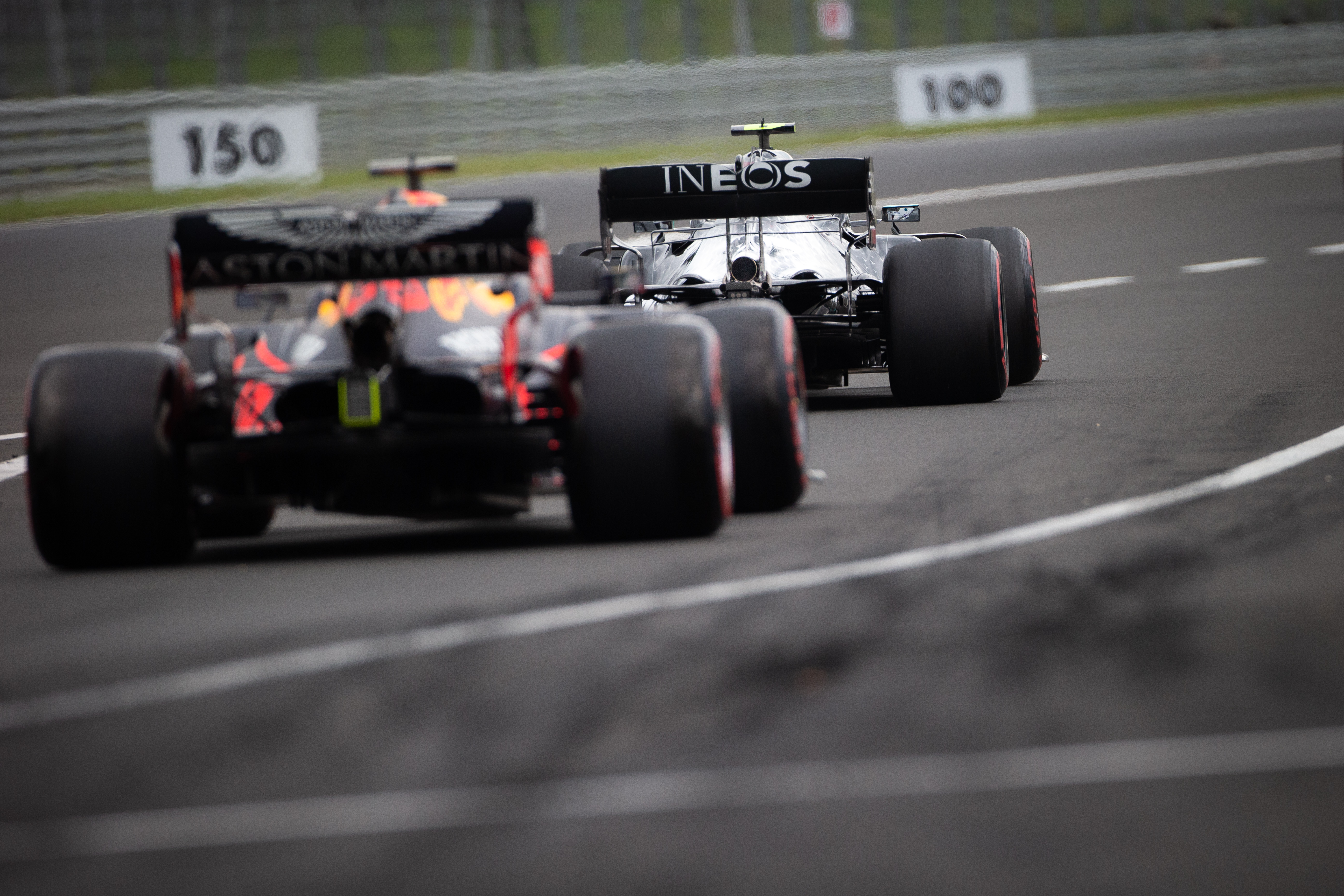
It’s therefore impossible for Honda’s opinion to the contrary not to raise a suspicion that, at board level, the company just doesn’t ‘get’ F1 anymore.
It’s true that F1 offers little tangible benefit just as an engine supplier. Honda gets no prize money, its branding on the Red Bull and AlphaTauri cars is far from being the primary focus, and it is restricted to a €15m engine supply cost (although de facto works status for those two teams meant Honda was never going to milk them for money).
Application of the V6 turbo-hybrid technology into Honda’s road car range is limited, although it has informed some design areas. Therefore, a project running into hundreds of millions per year makes little headline sense and is very easy to justify culling.
But Honda is a company with immense turnover and profit, so even the extraordinary costs of its F1 programme would be justifiable. Reduced engine rule costs and engine manufacturer prize money – both elements already under discussion within F1 – would have improved that aspect. And F1 provides a lot in marketing, technological and motivational terms.
The point is that F1 gave Honda a lot of reasons to justify continuing. The problem is those reasons tend to have an unquantifiable benefit, while doing damage to Honda’s bottom line.
Advertising value is gold dust for brand development. Honda’s focus appears to be elsewhere. Either it simply doesn’t want to continue in F1, does not believe the various reasons in favour are enough – or, potentially, is simply incapable of seeing those reasons.
Honda’s other motorsport projects are red herrings
One suggestion is that Honda’s focus is very inward-looking at the moment, so what F1 does offer or may offer in the future is truly of little consequence.
The bottom line is Honda’s in a fragile state. If it were in line with Mercedes, Ferrari, and Renault, perhaps it would be staying in F1. But it finds itself in a position where it feels it needs to create ‘the next big thing’ in new technologies to get the car side of the business in a good place for the future.
Past strategic decisions have created this conundrum. The same might be said of Honda’s means of competing in F1 again. It is the only manufacturer that doesn’t have its own team to maximise its participation. Red Bull has been a vital partner in making Honda win again. But it’s Red Bull that picks up the prize money for doing so. And at least Ferrari and Renault get cash in the bank just for showing up.
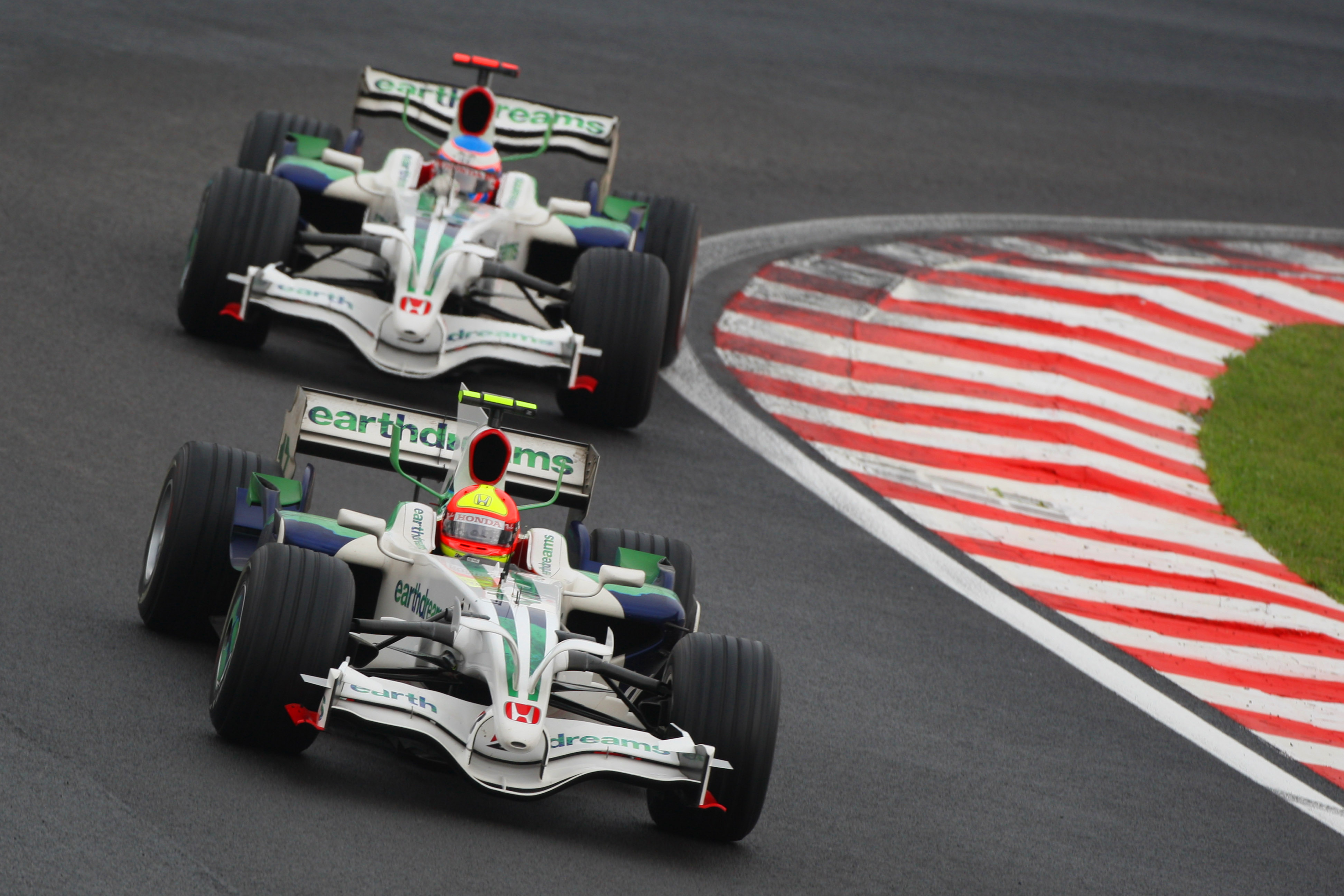
If Honda’s engine project was aligned with having its own works team (as it last did in 2008, pictured above), perhaps the arguments for staying would have been in its favour. Either way, Honda’s F1 fate comes down to its commitment to the championship and what F1 actually demands.
It’s why Honda’s other motorsport projects are red herrings. Another facet of its departure that caused suspicion was Honda quitting on a turbo-hybrid engine project in motorsport when, 24 hours later, it committed to a different turbo-hybrid engine project in motorsport: IndyCar.
But that is a misleading comparison because it’s all done in America as Honda Performance Development. Honda’s F1 decision is made by Japan and is a question of Japanese resources – of which F1 takes up a lot. Not without benefits. But on the bottom line it is a big expense with often intangible returns.

“The difference of the location means a lot because we now need to strengthen the functionality of Japanese R&D for future technology,” says Yamamoto.
“Indy is developed quite independently by HPD. So, those people just focus on racing. Whereas Honda Sakura R&D is part of Honda R&D. That’s a big difference.”
To that end, anything that uses the Honda name but doesn’t come out of the pot in Japan is not at risk. Even Honda’s Japanese programmes in Super GT and Super Formula will continue given they are core national activities with a reduced cost attached.
Potentially, a Formula E programme will be added – even though publicly Honda says this is not on the table yet – as it fits with electrification targets and will require significantly less resource than the F1 engine project.
It serves to underline that Honda’s public reasoning for leaving F1 is not untrue. It’s just not the whole story. There is a resource deficit within Honda that axing the F1 programme can help plug, and a new company focus that axing the F1 programme can help achieve. But it could have tackled both that focus and F1. There was value in doing both.
Any manufacturer-based motorsport commitment is only as strong as its board’s interest. Honda’s casual relationship with F1, coming and going as it desires, is testament to that.
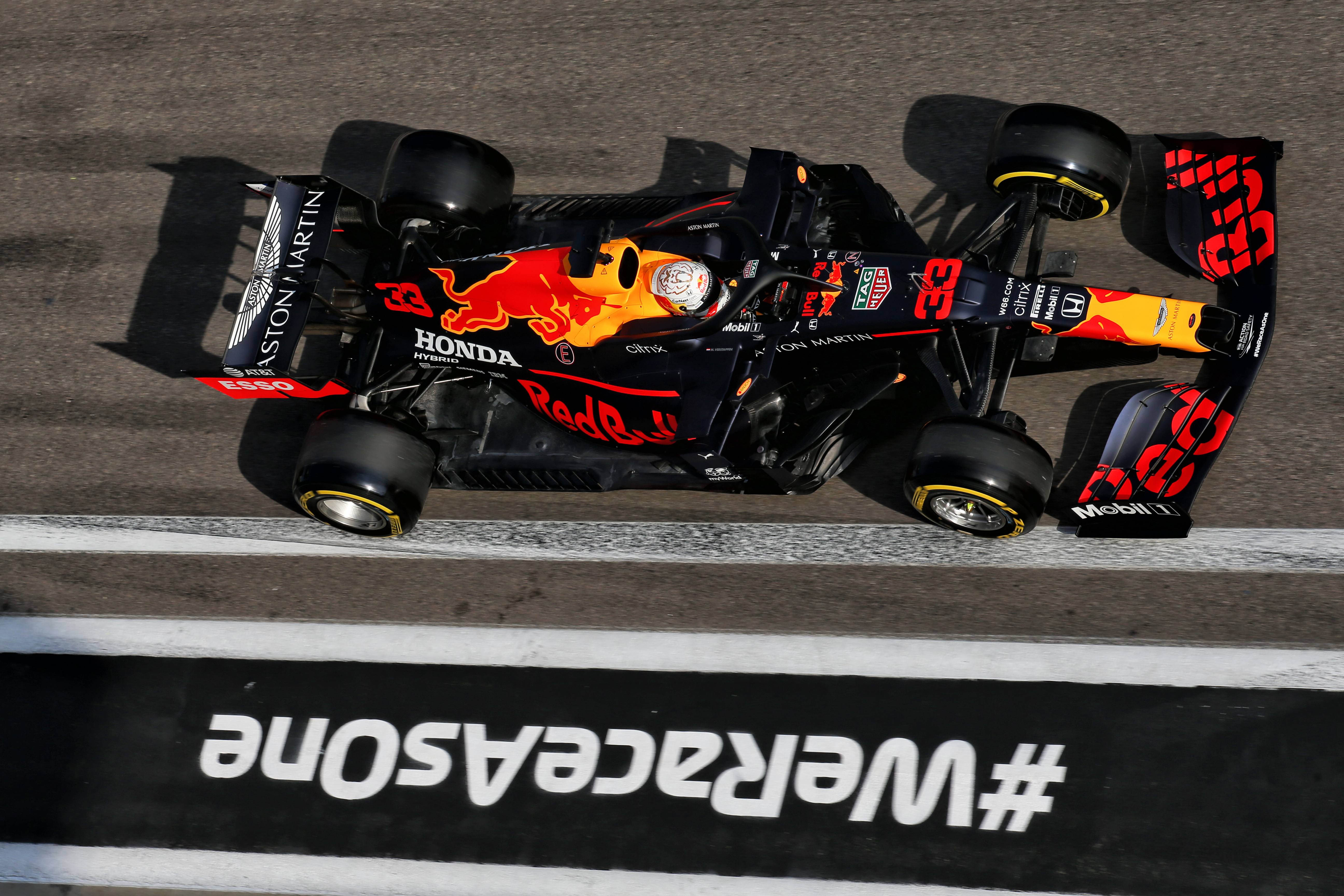
The present version of the company lacks the devotion to F1 of its competitors so F1 is simply not considered a necessary spend or a worthwhile contributor to Honda’s technological ambitions.
That may be flawed logic, but Honda’s board only needs to justify its decisions to itself. So, as Honda’s priorities shifted towards automotive, the F1 project never stood a chance.







